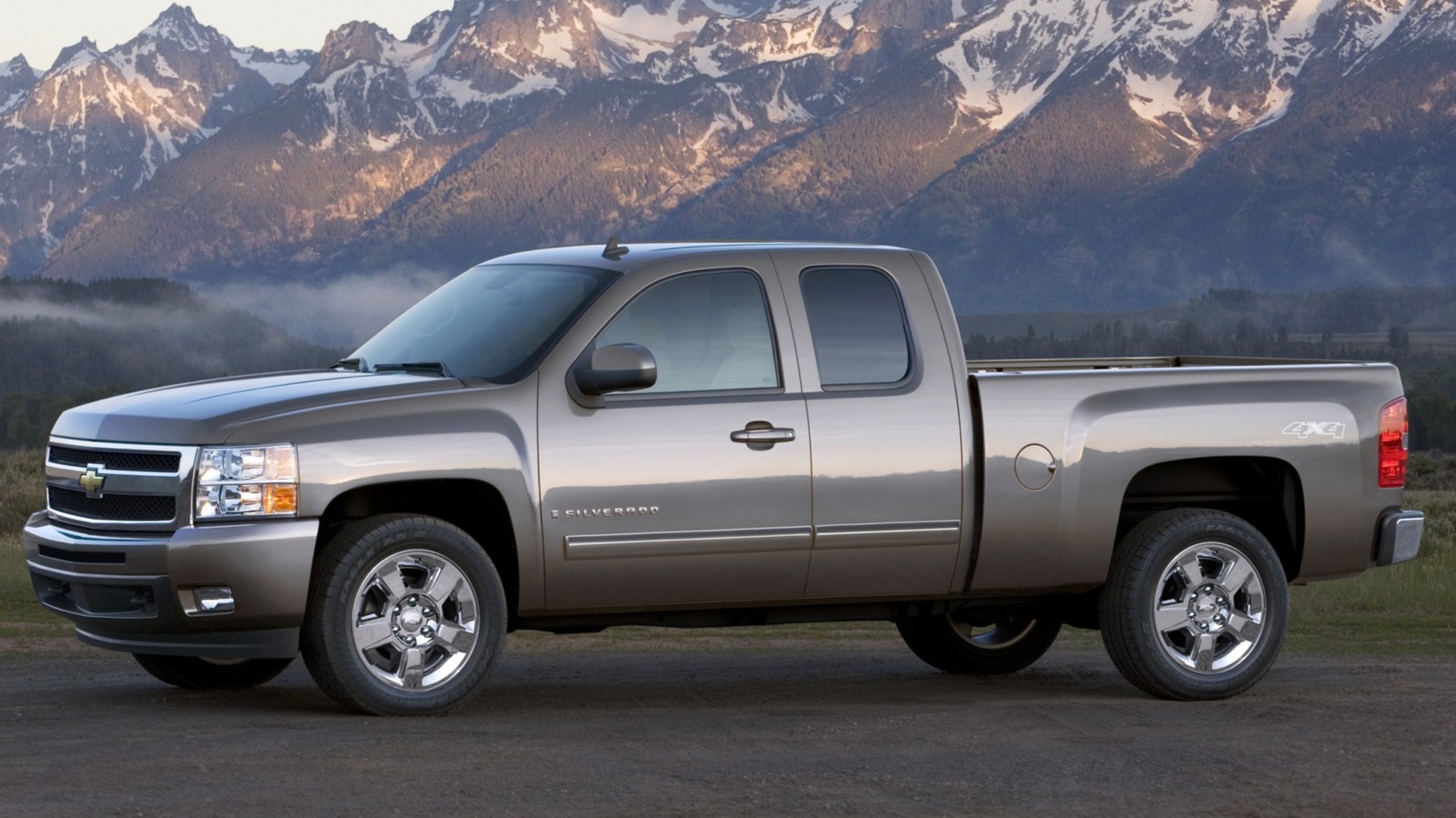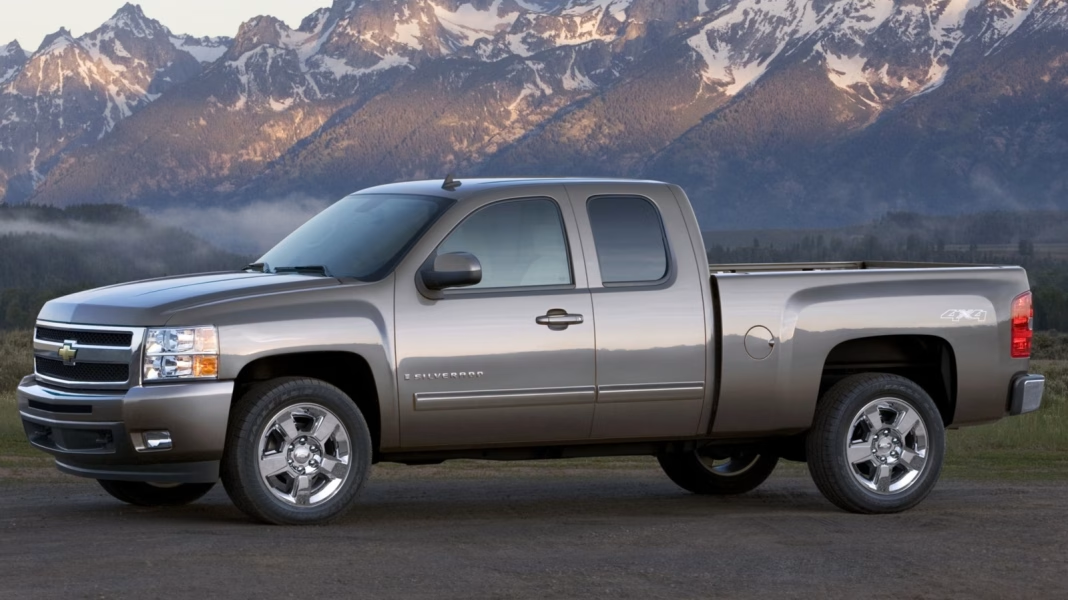The Vortec engine series from General Motors has been a cornerstone in the automotive world, powering a range of vehicles from trucks to SUVs and even some sedans. Known for its robust performance and reliability, the Vortec engine has certainly left its mark. However, like any engine, it’s not without its share of problems. If you’re considering a vehicle equipped with a Vortec engine, it’s essential to know which years might give you more headaches than others.
What Makes the Vortec Engine Special?
The Vortec engine family, particularly the 5.3-liter variant, has garnered a reputation for its balance of power and efficiency. It’s often praised for its ability to deliver strong torque, making it a favorite among truck enthusiasts and those who need a reliable workhorse. The engine features advanced technologies like variable valve timing and an aluminum block, which contribute to its performance and fuel efficiency.
However, while many drivers have enjoyed trouble-free experiences, certain model years have been linked to more frequent issues. Understanding these can save you from potential pitfalls down the road.
Which Years Are Problematic?
When diving into the specifics, the 2000 to 2007 models of the Vortec 5.3-liter engine are often highlighted for their issues. Common problems reported include:
1. **Oil Consumption**: Many owners have noted excessive oil consumption, particularly in models from 2005 to 2007. This can lead to more frequent oil changes and potential engine wear if not monitored closely.
2. **Piston Slap**: A notable concern in the earlier models (2000-2003) is a phenomenon known as piston slap, which can cause a knocking noise upon startup. While it might not lead to immediate failure, it’s an annoyance that can affect the engine’s longevity.
3. **Head Gasket Failures**: Some 2004 to 2007 models have reported head gasket failures, which can lead to coolant leaks and overheating issues. This is a serious concern that can result in costly repairs if not addressed promptly.
4. **Fuel Injector Problems**: In the 2007 models, fuel injector issues have been documented, leading to poor performance and misfires. This can impact fuel efficiency and overall drivability.
Real-World Examples
Take, for instance, a 2006 Chevrolet Silverado owner who experienced significant oil consumption. After monitoring the oil levels closely, they found themselves adding a quart every 1,000 miles. This not only became a hassle but also raised concerns about potential engine damage over time.
On the other hand, a 2003 GMC Sierra owner reported the dreaded piston slap. While it didn’t lead to immediate engine failure, the noise was a constant reminder of the engine’s quirks, making them question their purchase decision.
How to Mitigate Risks
If you’re set on a Vortec engine, there are steps you can take to minimize potential issues. First, consider getting a vehicle history report to check for any past engine problems. Regular maintenance is crucial—keeping up with oil changes and monitoring fluid levels can help catch issues before they escalate.
Additionally, if you’re looking at a used model, don’t hesitate to ask the seller about any repairs or maintenance records. A well-documented service history can provide peace of mind.
The big takeaway? Owning a Vortec engine isn’t about perfection—it’s about smarter adjustments. Start with one change this week, whether it’s checking your oil levels or researching specific model histories, and you’ll likely spot the difference in your vehicle’s performance and reliability.


